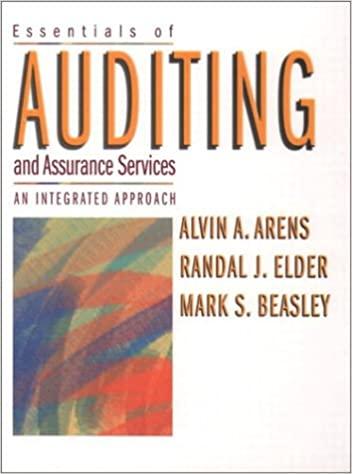Answered step by step
Verified Expert Solution
Question
1 Approved Answer
Ms. E, a single individual, had $115,000 taxable income. Assume the taxable year is 2017. Compute her income tax assuming that: a. Taxable income includes
Ms. E, a single individual, had $115,000 taxable income. Assume the taxable year is 2017. Compute her income tax assuming that:

a. Taxable income includes no capital gain. (Round your intermediate calculations and final answer to the nearest whole dollar amount.)
Single If taxable income is: Not over $9,325 Over $9,325 but not over $37,950 Over $37,950 but not over $91,900 Over $91,900 but not over $191,650 Over $191,650 but not over $416,700 Over $416,700 but not over $418,400 Over $418,400 The tax is: 10% of taxable income $932.50 + 15% of excess over $9,325 $5,226.25 + 25% of excess over $37,950 $18,713.75 + 28% of excess over $91,900 $46,643.75 + 33% of excess over $191,650 $120,910.25 + 35% of excess over $416,700 $121,505.25 + 39.6% of excess over $418,400Step by Step Solution
There are 3 Steps involved in it
Step: 1

Get Instant Access to Expert-Tailored Solutions
See step-by-step solutions with expert insights and AI powered tools for academic success
Step: 2

Step: 3

Ace Your Homework with AI
Get the answers you need in no time with our AI-driven, step-by-step assistance
Get Started


